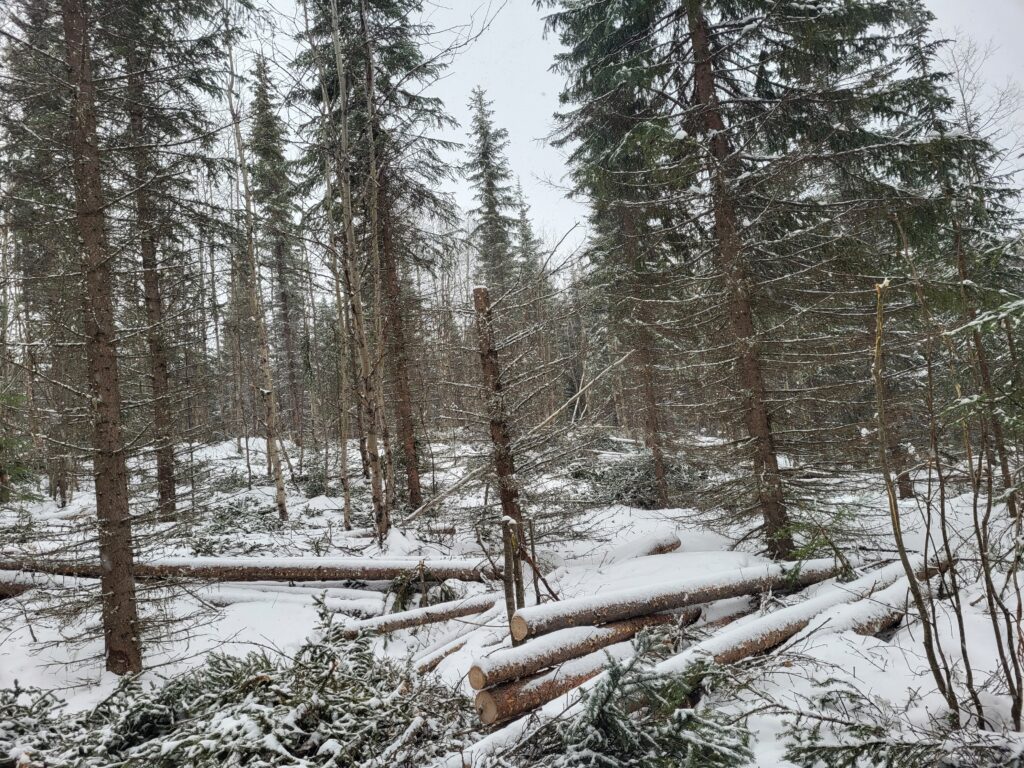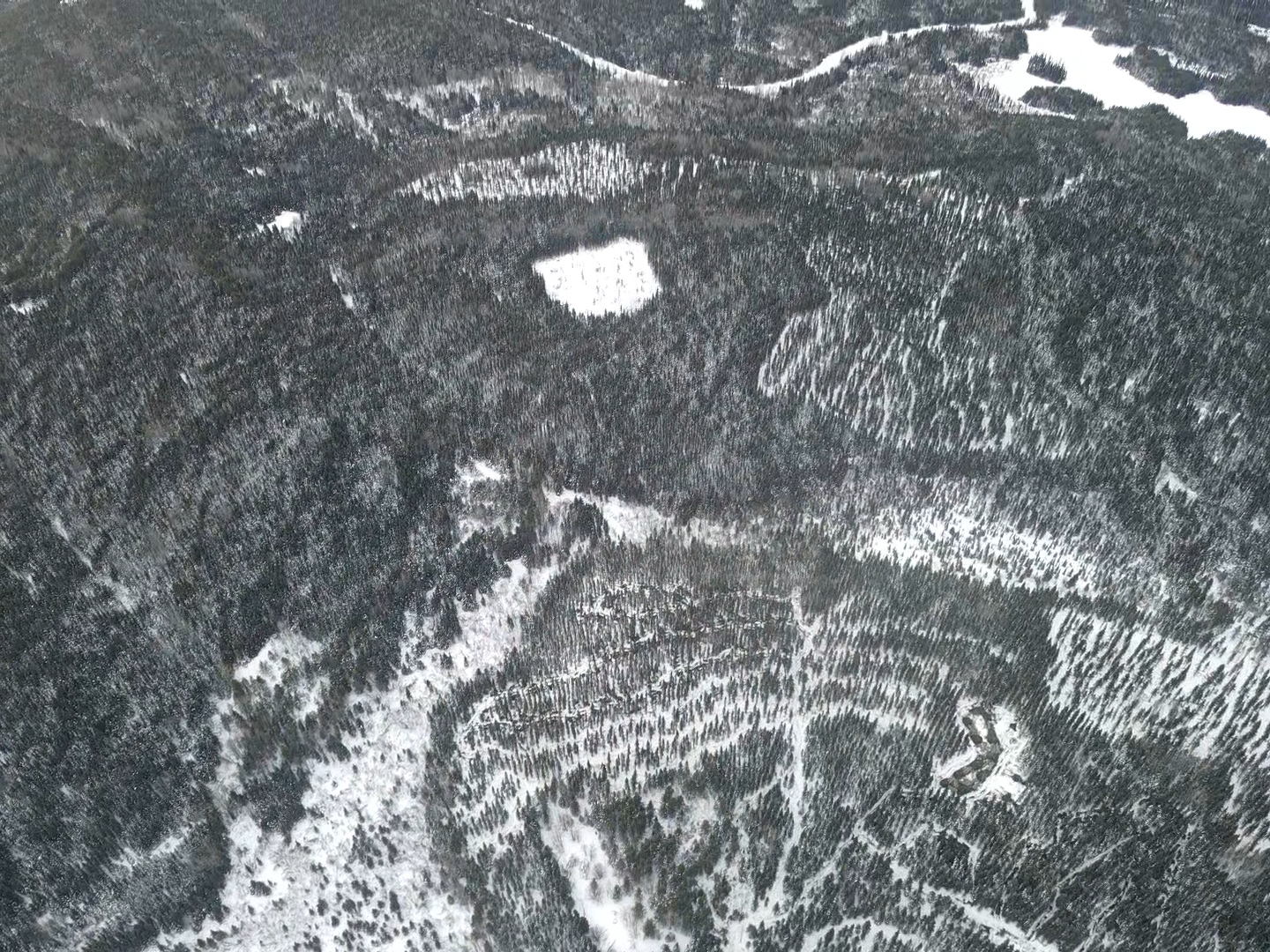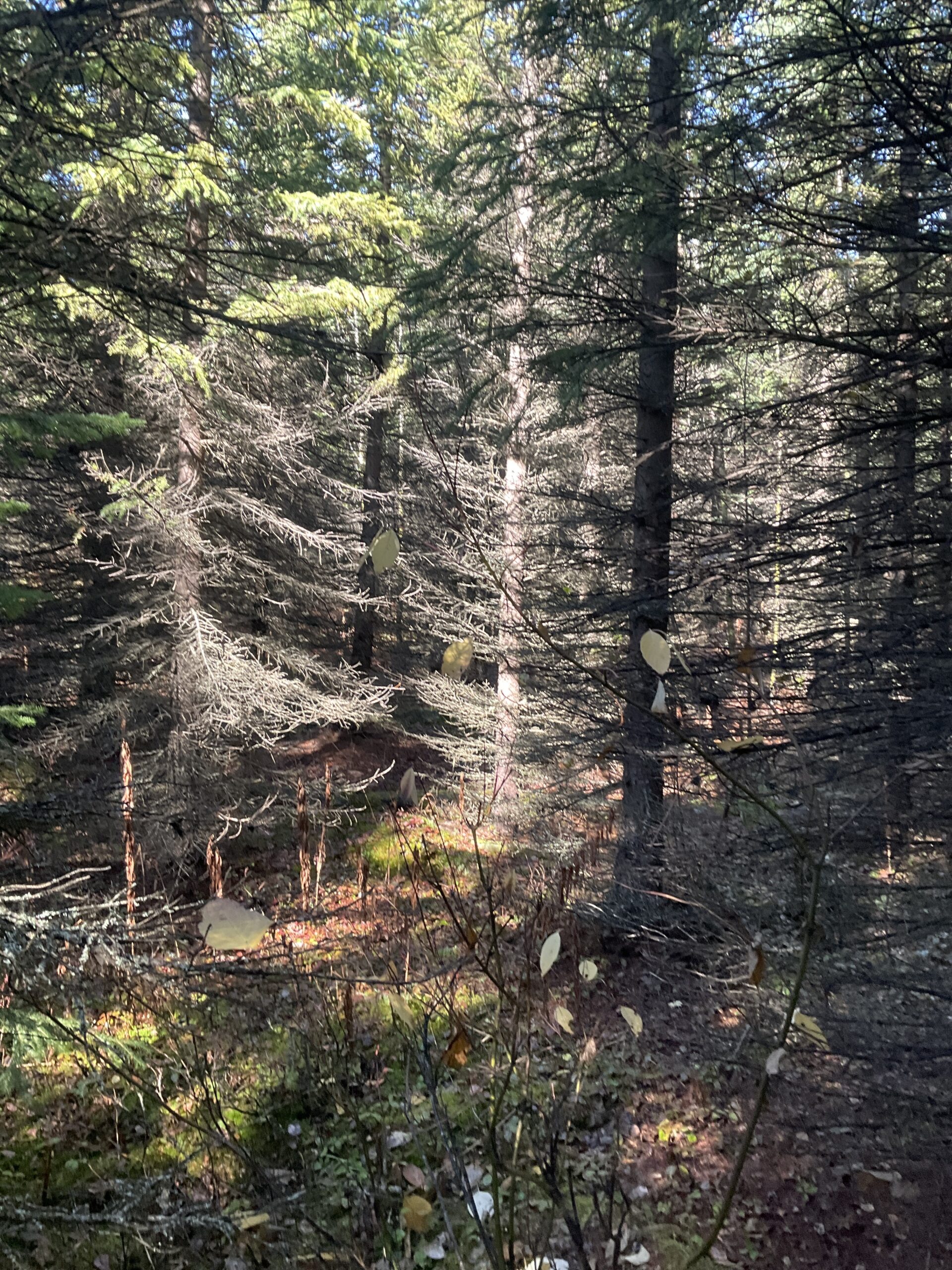Evaluation of Moose Forage and Habitat in Variable Thinned Stands

Project Title: Evaluation of Moose Forage and Habitat in Variable Thinned Stands: Media Extension Services
Recipient: Society for Ecosystem Restoration in Northern BC (SERN BC)
Region: Cariboo
Awarded Amount: $15,000
Project Period: 2025-2026
Description: Funding will support the production of a video showcasing how the Mountain Pine Beetle outbreak and catastrophic wildfires have left a significant portion of BC’s forests in the 30–60 year age class—stands that may lack key ecological attributes for species like Moose, which are vital to Indigenous ways of life. Through interviews and on-site engagement with all involved parties, the video will explore the project’s goals, current results, and underlying rationale. The objective is to produce high-quality media that educates the public on forest restoration in BC’s central interior, highlighting First Nations leadership and vision while fostering collaboration with non-profits and colleges.
Halfway Reporting:
The following is based on halfway reporting by the grantee.
August 25 2025

Area where manual thinning and piling was completed (Photo by Brandon Geldart)
Over the past three years, SERNbc has been working closely with the McLeod Lake Indian Band (MLIB), the Fish and Wildlife Compensation Program, UNBC, CNC, and both the Ministry of Forests and the Ministry of Water, Land and Resource Stewardship on a restoration pilot aimed at improving ecosystem health. We’ve had a particular focus on moose habitat in response to concerns about recent population declines.
Our work has focused on 40–45 year-old plantations, where we tested a variety of techniques to create better wildlife habitat. This included selective thinning, tree girdling, leaving stub trees, creating small gaps, building “critter piles,” and restoring old roads. The idea was to encourage a more natural forest structure that wildlife can use—especially given that conventional silviculture approaches often leave little room for natural systems to flourish.
All of these treatments are being tracked through a seven-year monitoring program led by CNC, looking at wildlife activity, plant growth, soil moisture, temperature, and timber measurements. Baseline data has been collected, and all treatments are now complete.
The project has drawn interest from First Nations, local communities, government groups, and NGOs, and we’re proud to contribute to ongoing efforts toward sustainable forest management. We’ve already hosted several field tours with local and provincial government staff, as well as members of local First Nations, and the level of support for the project has been incredible.
Thanks to funding from the Silviculture Innovation Program, we’ve also been able to document the project through a short film. A local filmmaker has captured most of the footage (around 80% complete), and we expect the video to be finished later this winter.
Read: McLeod Lake Moose Habitat Enhancement Project Summary Report

Mechanically Thinned Stand (Photo by Brandon Geldart)

Aeriel view of MT3 (Photo by Brandon Geldart)

MT3 stand pretreatment (Photo by Brandon Geldart)
